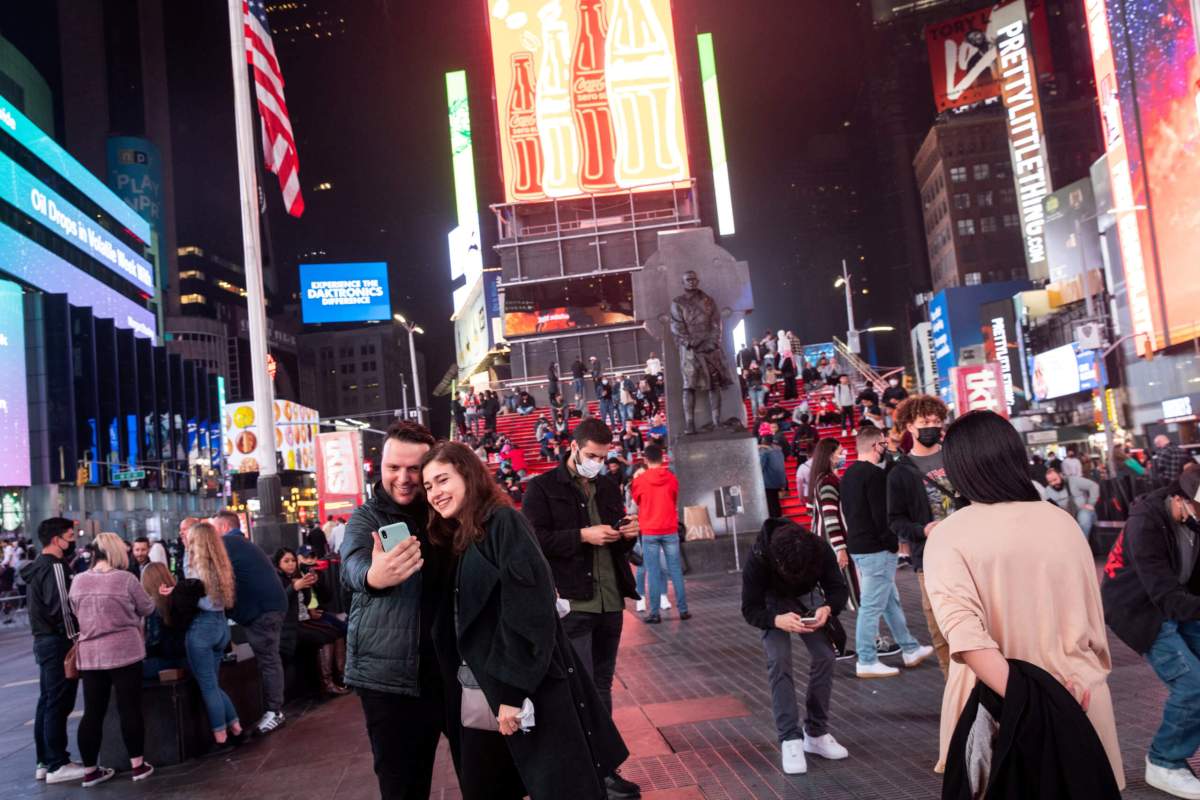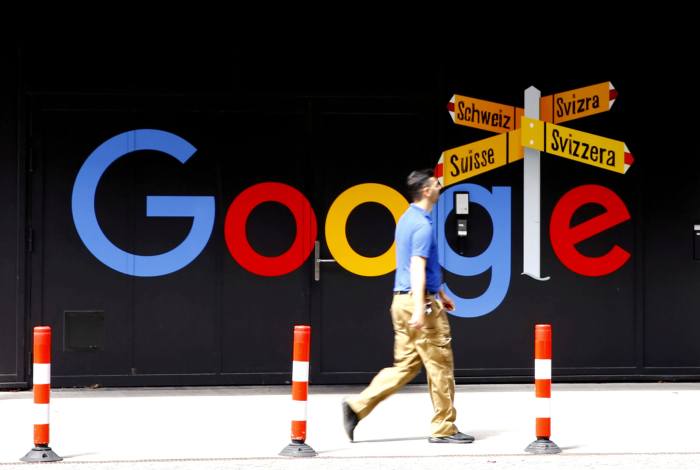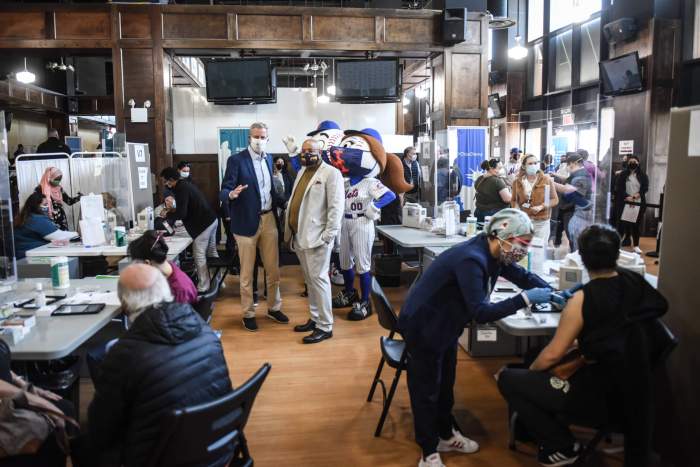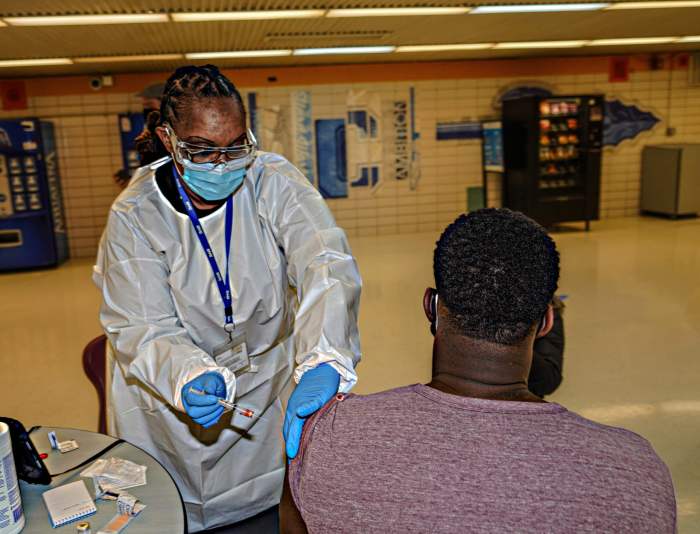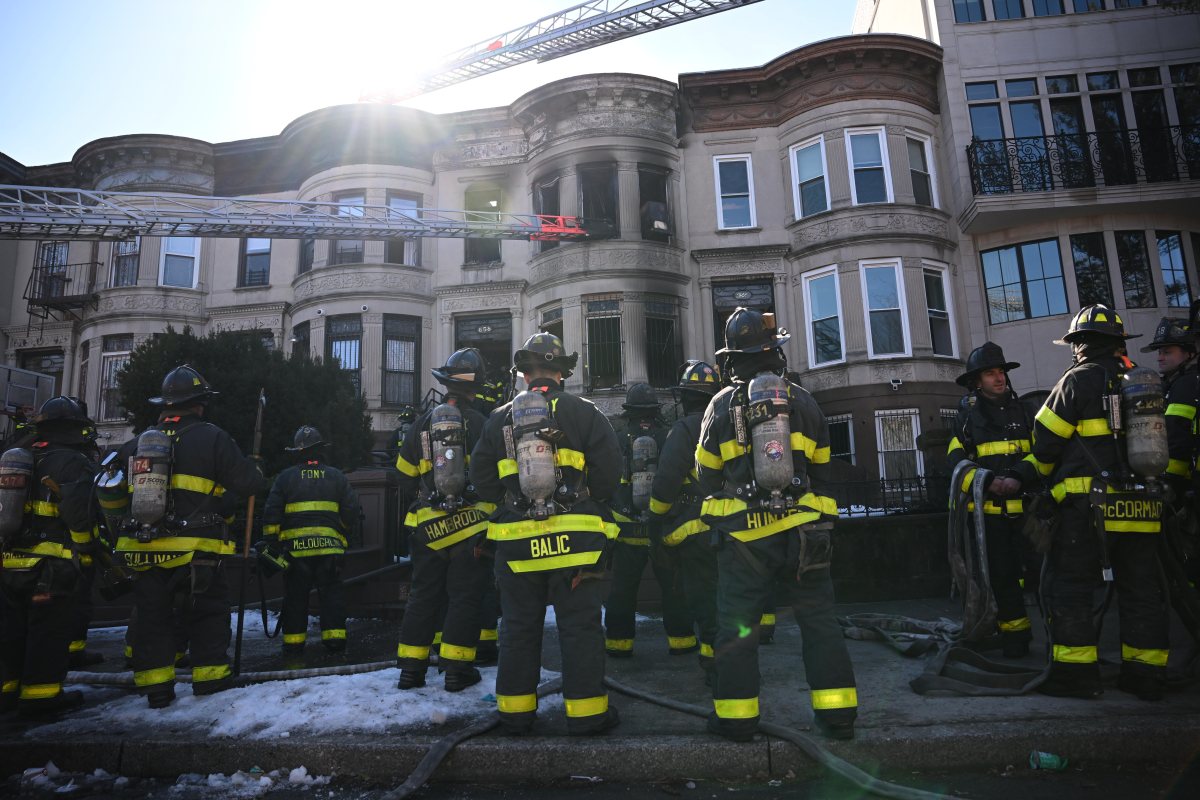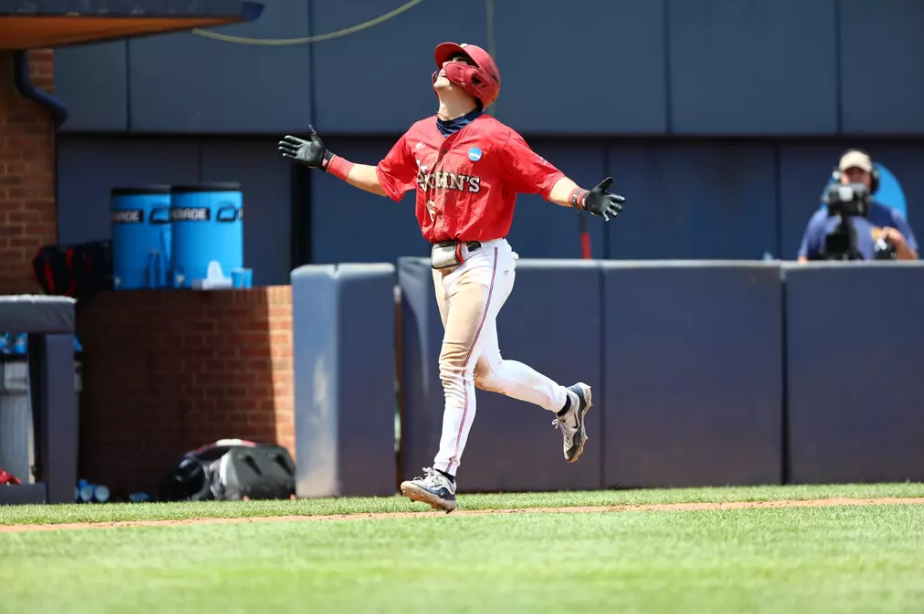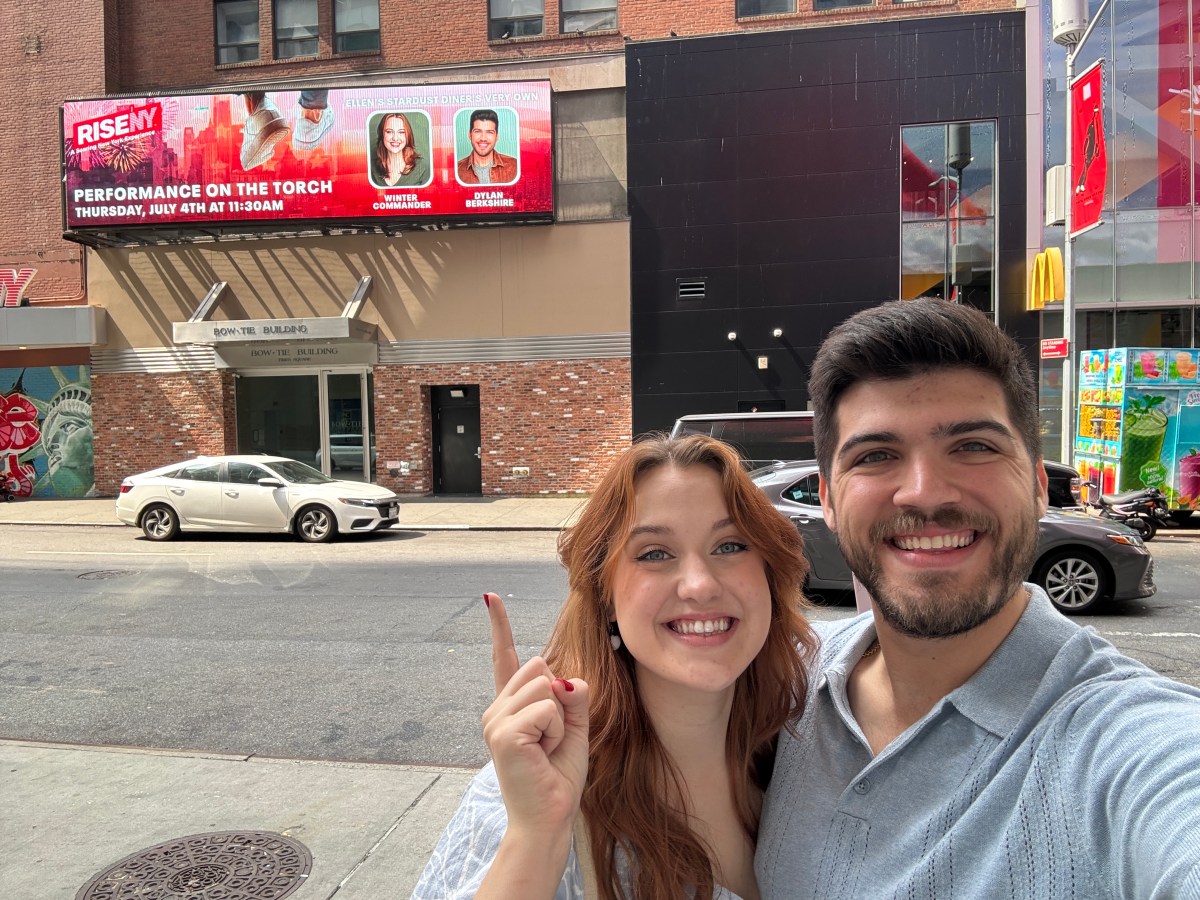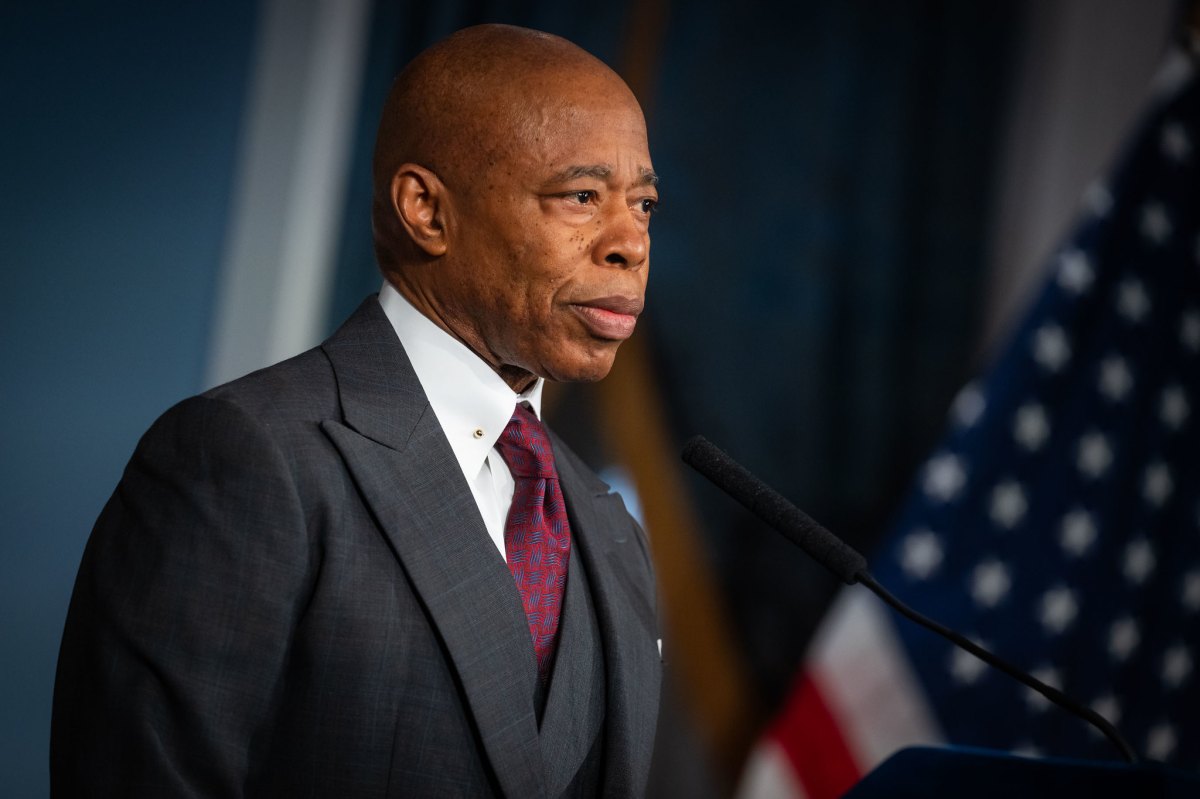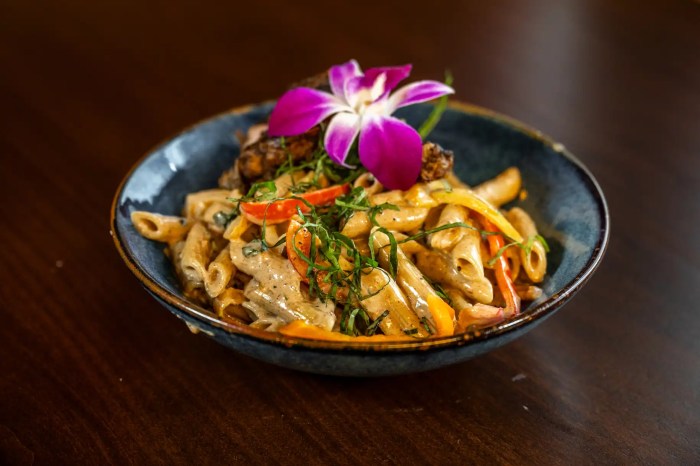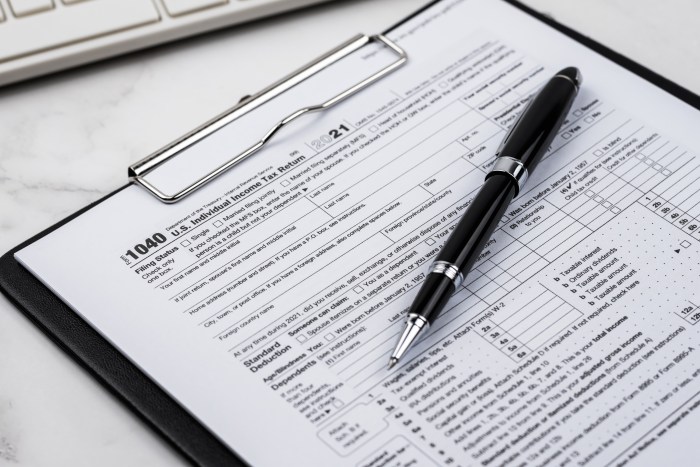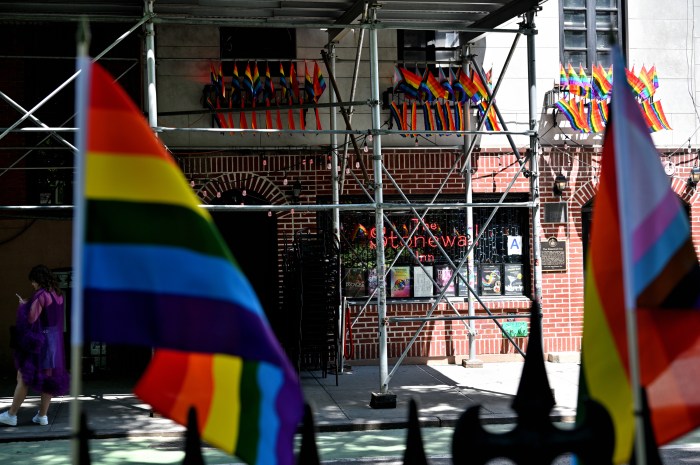Though the city’s Health Department classifies the state of COVID-19 in the five boroughs as being “stable,” nine communities in Brooklyn and Queens continues to see high infection rates exceeding 10%.
Interestingly, the communities of the city tallying the most COVID-19 tests also have some of the lowest infection rates citywide.
Even with the availability of the COVID-19 vaccine, New York City currently has one of the highest infection rates in the country — and the needle hasn’t moved downward in some time.
The positivity rate in New York City has been virtually flat for more than two weeks; on March 18, it stood at 6.54%, but by March 31, it had grown to 6.72%, according to the city’s Health Department.
While not a dramatic growth in the virus, it seems to underscore the Health Department’s repeated warnings about more infectious COVID-19 variants still spreading throughout the city. On Wednesday, the agency reported that 70% of all new cases in the five boroughs are a result of different strains of the virus rather than “COVID classic.”
By percentage, the seaside community of Breezy Point (ZIP code 11697), at the western tip of the Rockaway Peninsula in Queens, has the highest 7-day positivity rate in the city, at 12.42%. The area, however, has a population of just 3,702 residents. Between March 23-29, the Health Department catalogued 19 new cases of COVID-19 in the community.
However, five other Queens communities, each having much higher populations than Breezy Point, are logging in 7-day positivity rates above 10% during the same period (March 23-29).
Flushing/Murray Hill/Queensboro Hill (ZIP code 11355) has a population of 85,871, but also a 12.15% positivity rate, with 302 new COVID-19 cases recorded.
Woodhaven (ZIP code 11421) has a population of 43,567, but also a 10.84% positivity rate, with 146 new cases.
Belle Harbor/Neponsit/Rockaway Park (ZIP code 11694), just a few miles to the east of Breezy Point, is home to 21,202 people, but its 7-day positivity rate between March 23-29 was 10.78%, with 84 new cases recorded.
Two adjoining communities — South Richmond Hill (ZIP code 11419) and South Ozone Park (11420) are also over the 10% infection mark. South Richmond Hill, with a population of 47,211, has a 10.57% positivity rate, while South Ozone Park, home to 44,354 people, has a 10.18% infection rate. Both communities each had 151 new COVID-19 cases over the past week.
Meanwhile, three Brooklyn neighborhoods tallied high COVID-19 positivity rates between March 23-29.
Sunset Park (ZIP code 11220, population 93,170) leads all of Brooklyn with a 11.96% positivity rate and 329 new cases, followed by Brighton Beach/Coney Island/Seagate (ZIP code 11224, population 45,244) with a 10.58% positivity rate and 167 new cases; and Brighton Beach/Manhattan Beach/Sheepshead Bay (ZIP code 11235, population 79,132) with a 10.07% positivity rate and 224 new cases.
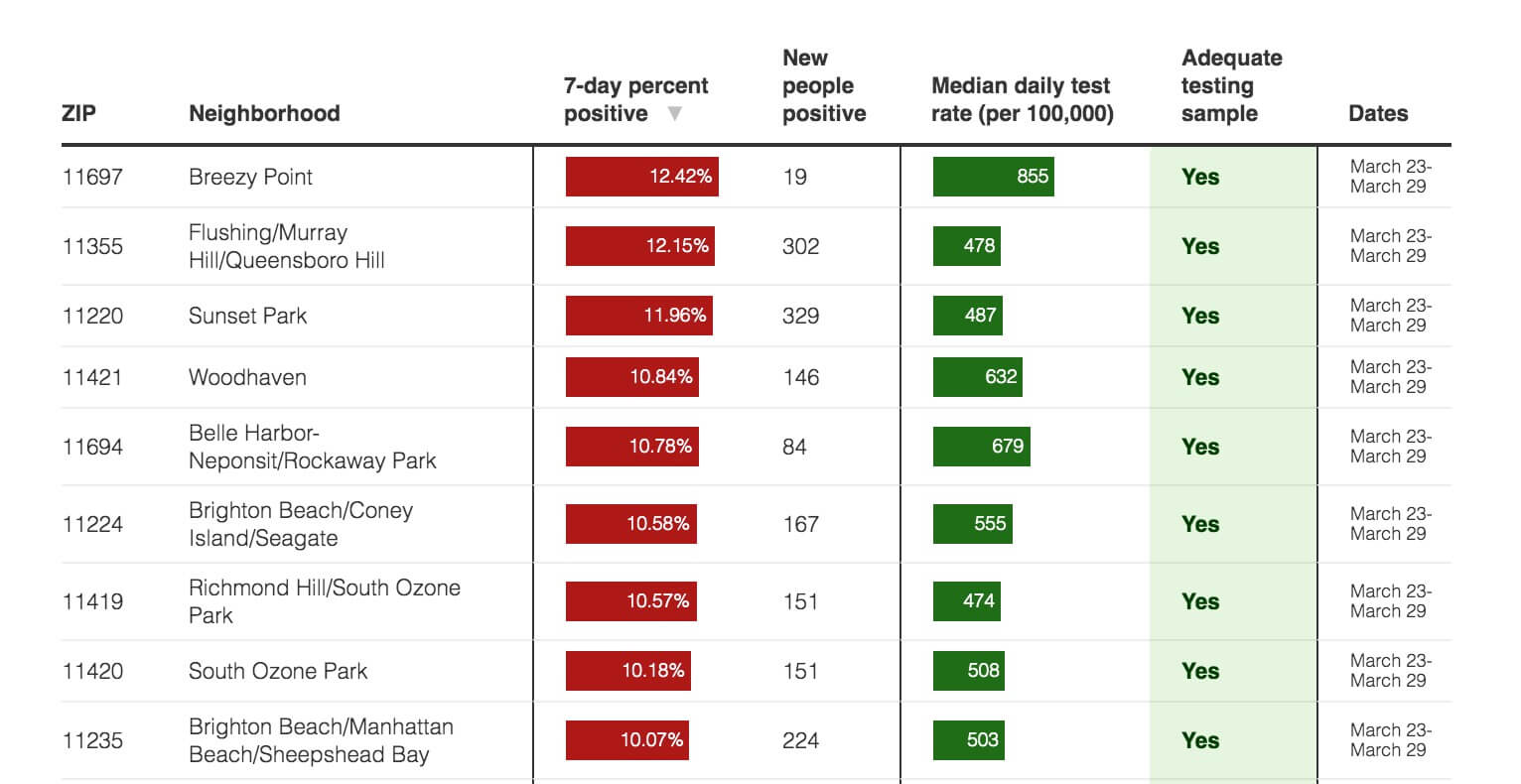
The most new cases, by raw number, over the past week were found in Queens within Corona/North Corona (ZIP code 11368) with 333 new cases, four more than Sunset Park and 31 more than Flushing/Murray Hill/Queensboro Hill. The community’s 7-day positivity rate 8.72%.
Cypress Hills/East New York, Brooklyn (ZIP code 11208), was fourth overall in total new cases with 300 (positivity rate 8.84%), followed by Elmhurst, Queens (ZIP code 11373) with 270 new cases (positivity rate 8.74%).
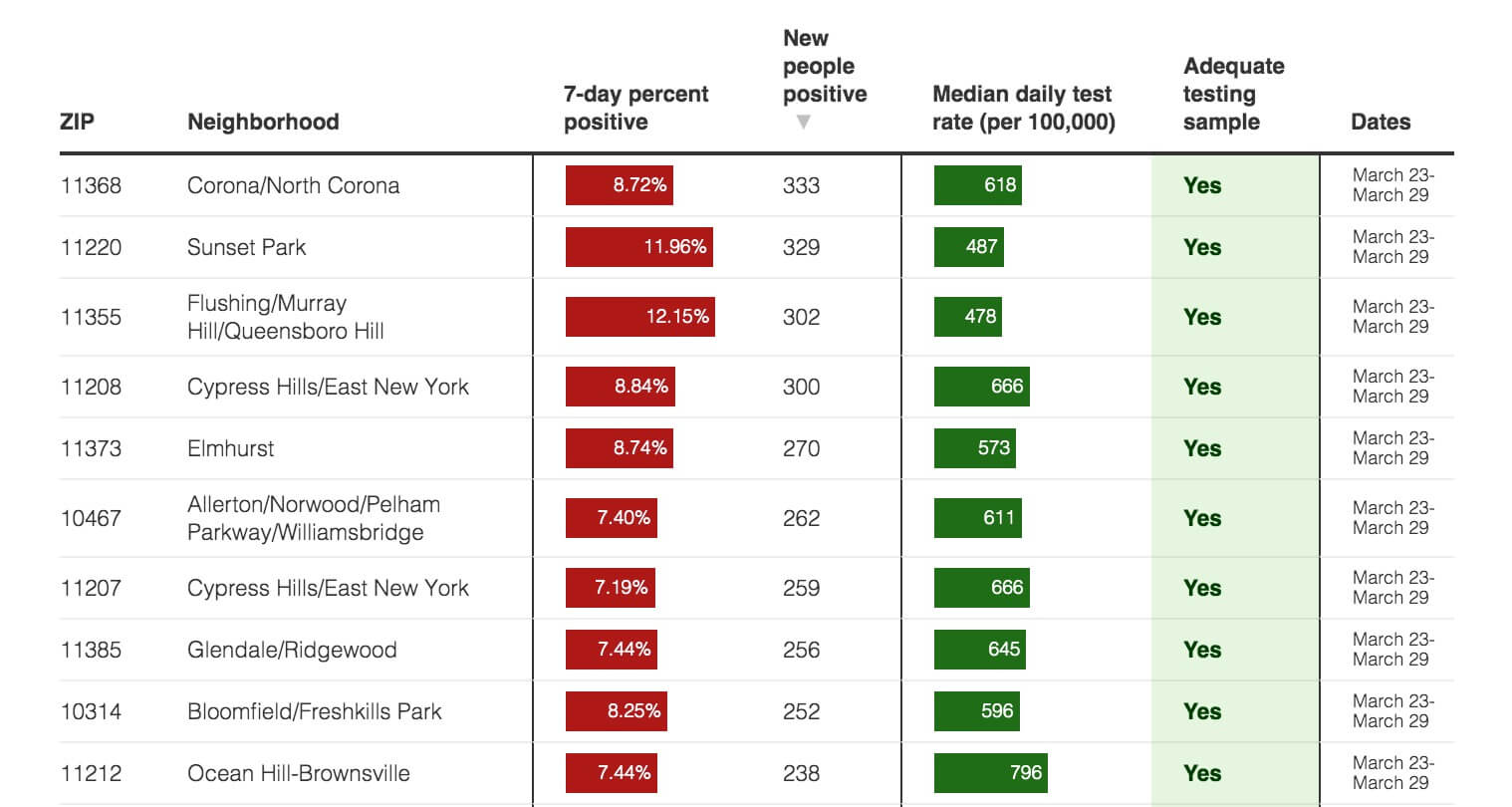
Manhattan, meanwhile, continues to have some of the lowest infection rates in the city — and it’s no coincidence that they also have some of the highest testing rates per capita.
Eight of the 10 communities in New York City with the most people tested per capita are in Manhattan. The best median daily test rate was in East Village/Greenwich Village/Gramercy (ZIP code 10003), with 1,299 per 100,000 people — but just a 2.64% 7-day positivity rate, the 14th lowest rate in the five boroughs.
Greenwich Village/SoHo (ZIP code 10012) has the second best median daily test rate at 1,218 per 100,000, but a 2.94% positivity rate, followed by Central Harlem/Morningside Heights/West Harlem (ZIP code 10027) with 1,114 per 100,000 tested and a 3.24% positivity rate; Manhattan Valley/Morningside Heights/Upper West Side (ZIP code 10025) with 1,146 per 100,000 tested and a 1.99% positivity rate.
Long Island City, Queens (ZIP code 11109) was the only area outside Manhattan to crack the top 5 in testing, with 1,093 per 100,000 tested and a 3.96% positivity rate.
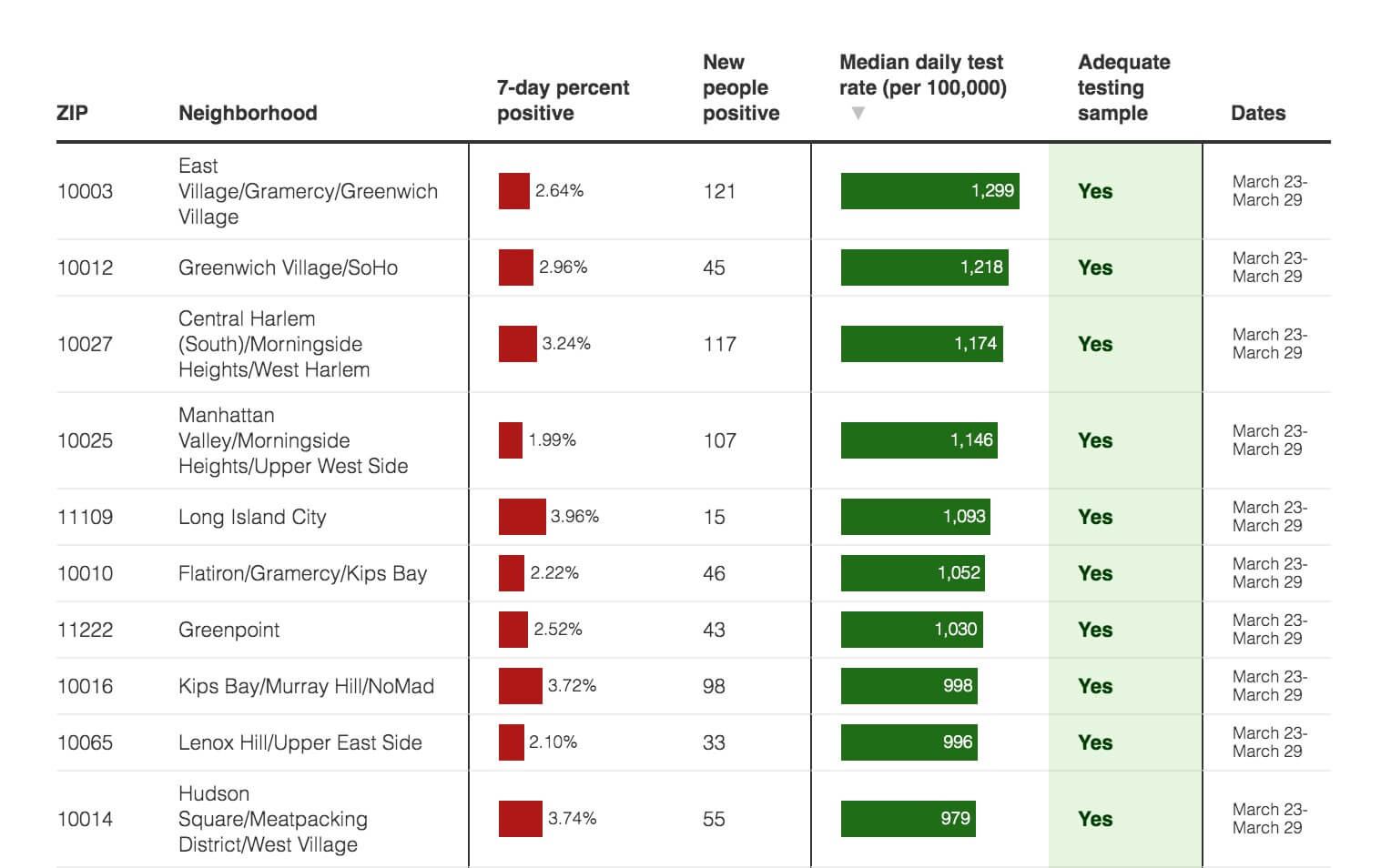
Conversely, the five areas with the lowest median daily test rates had 7-day positivity rates exceeding 5% — though, ironically, none of the communities exceeded 10% positivity.
The Borough Park neighborhood of Brooklyn (ZIP code 11219) had just 289 per 100,000 people tested for COVID-19, but its positivity rate is 8.61%. That’s followed by Fresh Meadows/Hillcrest in Queens (ZIP code 11366) with 366 tested per 100,000 and a 8.08% positivity rate; Bensonhurst/Mapleton, Brooklyn (ZIP code 11204) with 383 tested per 100,000 and a 9.51% positivity rate; Flushing/Murray Hill, Queens (ZIP code 11354) with 393 tested per 100,000 and a 9.89% positivity rate; and Bellerose/Douglaston/Little Neck (ZIP codes 11004 and 11005) with 417 per 100,000 tested and a 6.62% positivity rate.
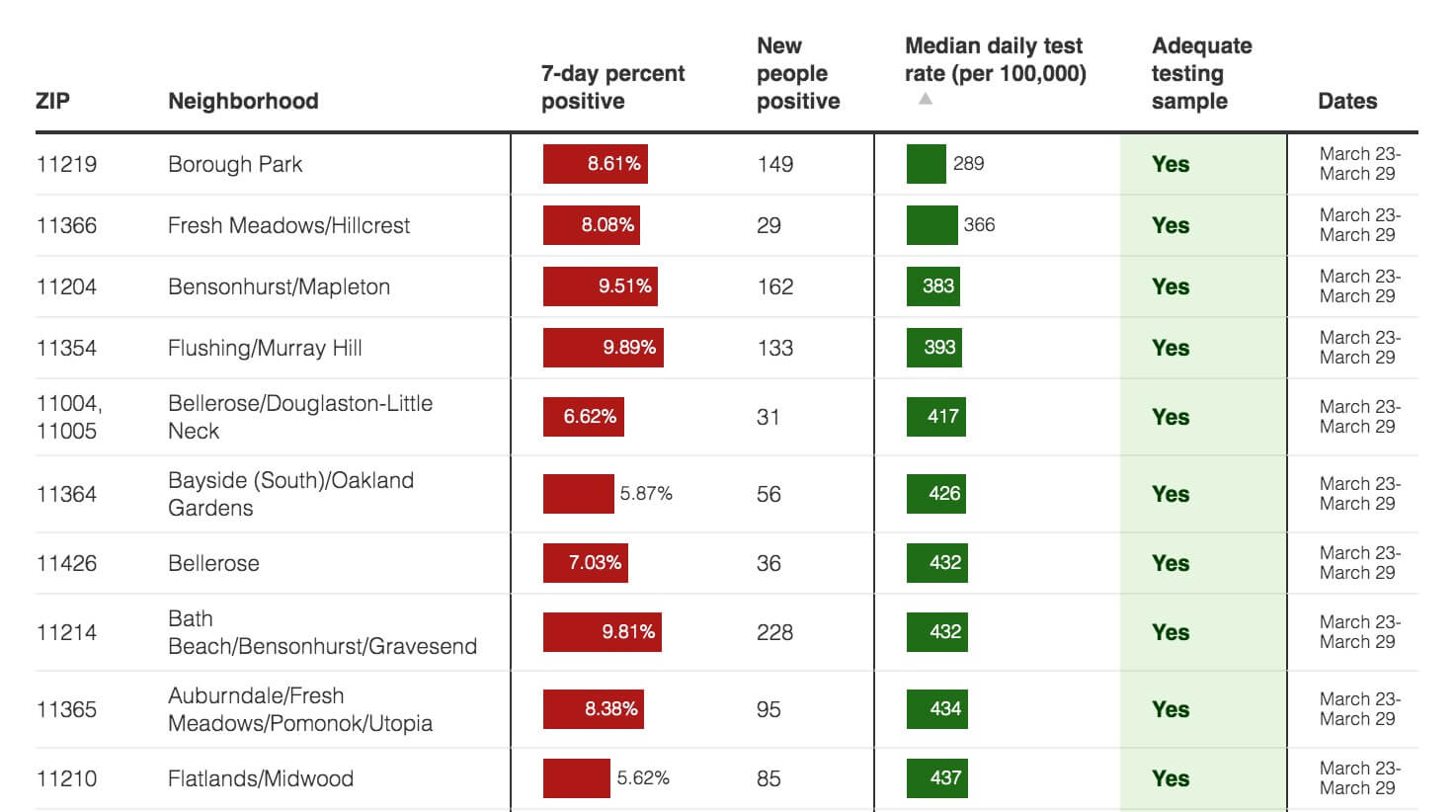
The fluctuating numbers notwithstanding, COVID-19 continues to spread across New York City — sickening thousands of New Yorkers a day, and continuing to kill scores of them per week.
The governor’s office reported another 43 COVID-19 deaths in New York City on April 1 — 19 in Brooklyn, 10 in Manhattan, 9 in Queens, 3 in the Bronx and 2 on Staten Island.
So far, more than 31,000 New York City residents have died of COVID-19 since March 1, 2020 — the day the virus was first officially detected here.



